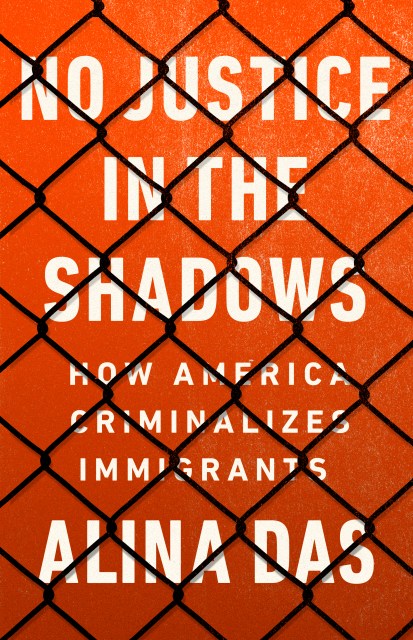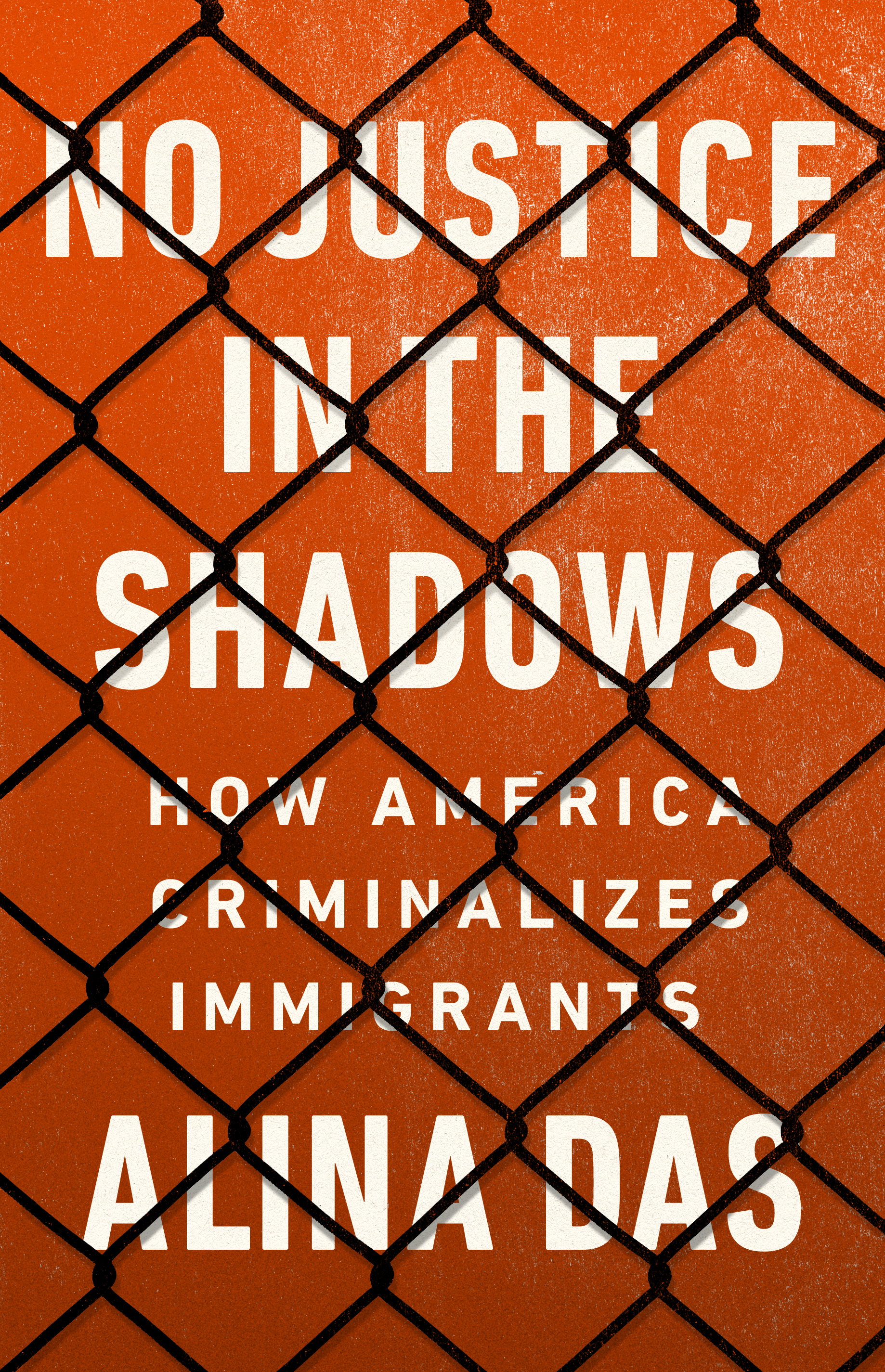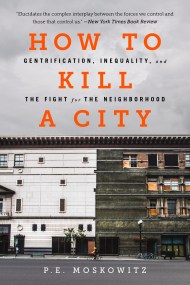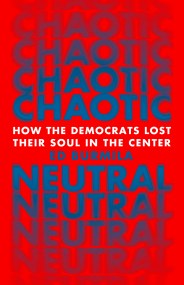Promotion
Use code MOM24 for 20% off site wide + free shipping over $45
No Justice in the Shadows
How America Criminalizes Immigrants
Contributors
By Alina Das
Formats and Prices
Price
$15.99Price
$20.99 CADFormat
Format:
- ebook $15.99 $20.99 CAD
- Hardcover $28.00 $35.00 CAD
- Audiobook Download (Unabridged)
This item is a preorder. Your payment method will be charged immediately, and the product is expected to ship on or around April 14, 2020. This date is subject to change due to shipping delays beyond our control.
Also available from:
This provocative account of our immigration system’s long, racist history reveals how it has become the brutal machine that upends the lives of millions of immigrants today.
Each year in the United States, hundreds of thousands of people are arrested, imprisoned, and deported, trapped in what leading immigrant rights activist and lawyer Alina Das calls the “deportation machine.” The bulk of the arrests target people who have a criminal record — so-called “criminal aliens” — the majority of whose offenses are immigration-, drug-, or traffic-related. These individuals are uprooted and banished from their homes, their families, and their communities.
Through the stories of those caught in the system, Das traces the ugly history of immigration policy to explain how the U.S. constructed the idea of the “criminal alien,” effectively dividing immigrants into the categories “good” and “bad,” “deserving” and “undeserving.” As Das argues, we need to confront the cruelty of the machine so that we can build an inclusive immigration policy premised on human dignity and break the cycle once and for all.
Genre:
-
"Alina Das has written a riveting account of the cruelty and inhumanity of our immigration system. You can no longer say you did not know or sit on the sidelines. This book is powerful, informative, moving, and most importantly, a call to action to protect our immigrant neighbors and commit to building a country that respects the dignity of all people."Linda Sarsour, activist and author of We Are Not Here to Be Bystanders: A Memoir of Love and Resistance
-
"This insightful, accessible book from the trenches of deportation defense connects the reader deeply to the actual human beings who suffer, fight and -- win or lose -- assert their own dignity and that of all migrants. Das' breakdown of punitive 1990s policies reveals not only how harmful and discriminatory each is on its own, but also their devastating effect when stacked on top of each other. There is no victory over a racialized immigration system without challenging the hierarchy of 'good' and 'bad' immigrants, a framework that even well-meaning advocates have accepted. There is another way, if we have the courage and the vision to pursue it."Rinku Sen, former publisher, Colorlines
-
"A one-stop shop for anyone who wants to know how the Age of Mass Incarceration fueled the rise of the Deportation Nation, and a stellar unmasking of how legacies of white supremacy continue to stoke the criminalization of non-white immigrants today."Kelly Lytle Hernandez, Thomas E. Lifka Endowed Chair in History, UCLA, and author of City of Inmates: Conquest, Rebellion, and the Rise of Human Caging in Los Angeles, 1771-1965
-
"Alina Das' book is a necessary and compelling read to understand how the immigration system in the United States targets Black and Brown immigrants. Das writes with compassion about her clients whose lives are altered by cruel and arbitrary immigration policies that aim to exclude, ban, separate, detain and deport millions of people. Das' book urgently reminds us that ending white supremacy requires the dismantlement of the structures and policies that undergird today's immigration system."Deepa Iyer, author of We Too Sing America: South Asian, Arab, Muslim, and Sikh Immigrants Shape Our Multiracial Future
- On Sale
- Apr 14, 2020
- Page Count
- 272 pages
- Publisher
- Bold Type Books
- ISBN-13
- 9781568589459
Newsletter Signup
By clicking ‘Sign Up,’ I acknowledge that I have read and agree to Hachette Book Group’s Privacy Policy and Terms of Use







